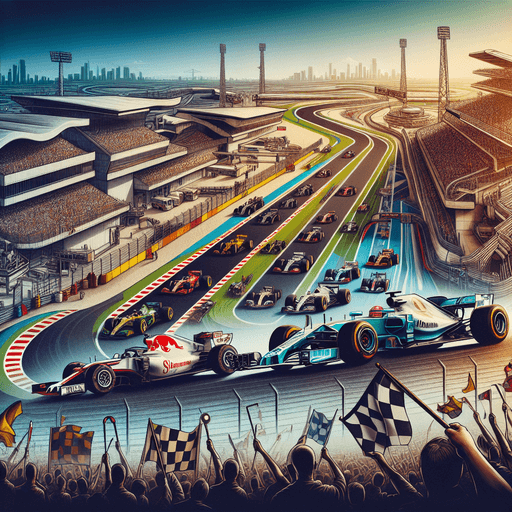Formula 1 stands as the elite of motorsport, having undergone significant transformations over the years. Its circuits are a true reflection of technological advancements and evolving preferences. What started as races on rudimentary tracks has now transformed into state-of-the-art racing venues, mirroring the rapid advancements in the Formula 1 world.
In the early days, Formula 1 circuits were often converted from airstrips or city streets. These vintage tracks, known for their limited safety features and unique charm, demanded exceptional driver skills. However, as racing evolved to prioritize precision and safety, circuit designs began to embody cutting-edge innovation and professionalism.
In contemporary Formula 1 racing, circuits are meticulously designed to enhance the overall experience of the F1 season. The modern tracks combine complex layouts with the latest technology, providing an exhilarating experience for both fans and drivers during each F1 event. The use of advanced simulation tools enhances performance and safety optimization, critical aspects for today’s circuits.
Beyond the tracks, improvement in infrastructure has also taken the spotlight, offering fans enhanced access and amenities throughout an F1 weekend. This integration of functionality, safety, and fan engagement captures the strides taken towards developing modern Formula 1 circuits.
As Formula 1 continues its growth trajectory, there will be continuous evolution in its tracks. Maintaining their iconic status in racing, the commitment to innovation ensures the thrill and excitement remain central to each race, keeping both fans and drivers eagerly anticipating every event.
